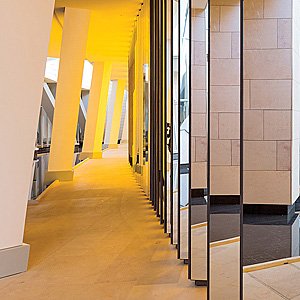We know the products that luxury-goods makers create, but we’re less aware of the good works they do, both to promote their brands and to support causes that reflect their values. These seven luxury icons draw upon their heritage and culture to do the right thing—from fighting violence against women to educating farmers about markets to giving cancer patients a day on the ocean—for the planet and its people.
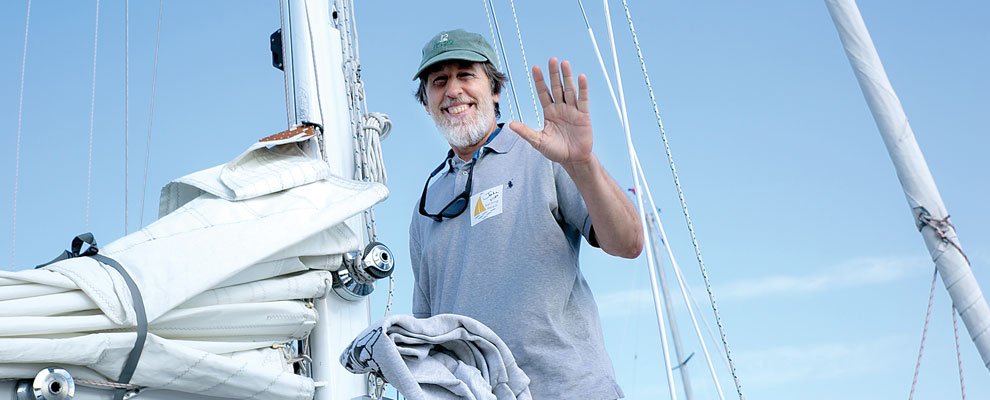
01. OFFICINE PANERAI
THE ITALIAN WATCHMAKER PAYS HOMAGE TO ITS MARITIME TRADITION BY USING THE OCEAN TO HEAL.
Who: Panerai gained much of its reputation for precise, enduring timepieces in the early 1900s, when it became the official supplier for the Royal Italian Navy. The brand maintains a deep connection to the ocean by, among other things, hosting classic yacht regattas.

What: Panerai is the founding sponsor of Sailing Heals, a New England-based nonprofit that provides day sails to cancer patients and their caregivers. The program has been so well received that Panerai is expanding it to include people with illnesses other than cancer.
Why: For both the patients and the caregivers, a day on the water is a therapeutic respite that can alleviate emotional stress. “Caregivers are unsung heroes,” says Trisha Gallagher Boisvert, Sailing Heals’ executive director. “Sometimes the patients have made their peace with the illness and the caregivers are the ones who need the sail the most.”
How: Founded in 2011, Sailing Heals organizes excursions in the waters off seven states for patients and their caregivers in partnership with local hospitals and cancer treatment centers. It has hosted more than 1,200 people on these sails. During their time on the water, VIPs—the term Sailing Heals uses for all its guests—can relax and do nothing or help sail the boat.

For more information: sailingheals.org
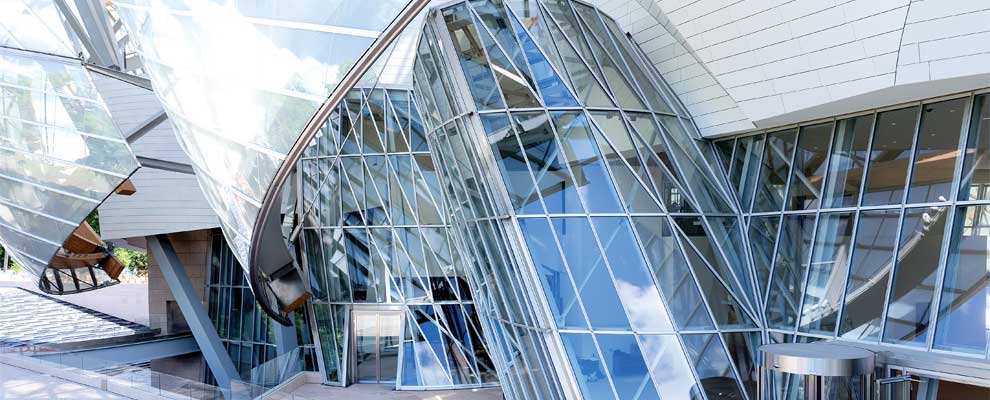
02. LVMH GROUP
THE LUXURY CONGLOMERATE PAYS HOMAGE TO CREATIVITY BY GIVING PARIS A MUSEUM.
Who: The French luxury-goods giant owns more than 60 brands, including its iconic namesakes—Louis Vuitton, Moët and Hennessy—as well as Dior, Bulgari, Hublot and Fendi.
What: The Fondation Louis Vuitton, a 41,441-square-foot, Frank Gehry-designed museum in Paris’ Bois de Boulogne, opened in October to international fanfare.
Why: The Fondation will devote much of its space to contemporary art for public viewing and promoting artistic development. While the presence of a Louis Vuitton museum certainly promotes the brand, it also makes perfect sense for a company identified with excellence in artistic design. “Helping to create the artists of today is our responsibility,” says Jean-Paul Claverie, advisor to the chairman.
How: In addition to housing a large art collection owned by LVMH and chairman Bernard Arnault, the Fondation has commissioned works by artists such as the painters Ellsworth Kelly and Sarah Morris. The building also has an auditorium for concerts and speakers. Best of all: Though the building is owned by LVMH, Arnault has promised that it will revert to the city of Paris in 50 years.
For more information: fondationlouisvuitton.fr/en.html
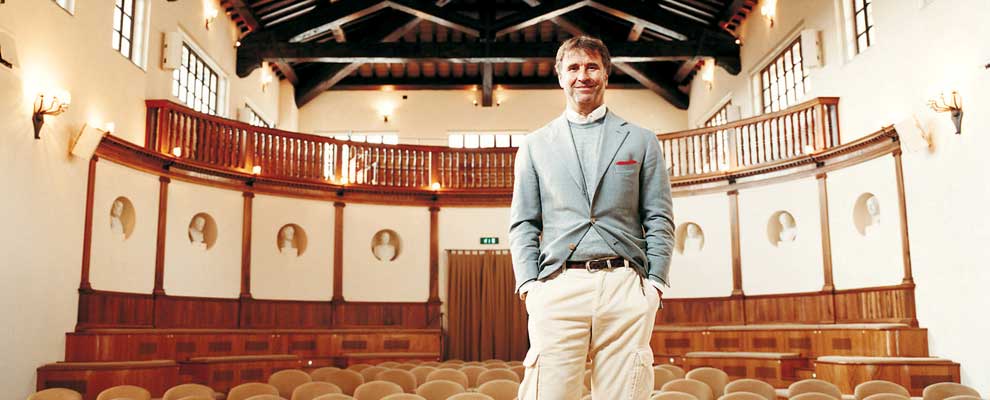
03. BRUNELLO CUCINELLI
THE DESIGNER WORKS TO PRESERVE AND PROMOTE THE HUMANITIES.
Who: Since 1837, the New York-based jeweler has become synonymous with premier diamond accessories.
What: The Tiffany & Co. Foundation was founded in 2000 primarily to help protect the environment.
Why: One of the world’s largest jewelers, Tiffany has a natural stake in preserving the environment and supporting mining communities. “It all comes back to nature being an inspiration for the company,” says foundation chair Anisa Kamadoli Costa.
How: Along with supporting urban parks and outstanding design, Tiffany has an annual $6 million grant-making portfolio to aid nonprofits that promote responsible mining and coral conservation. In 2013, the foundation awarded grants to organizations ranging from the Alaska Conservation Foundation, which conducts mining research, to the Sierra Fund for its project promoting green solutions for abandoned mines in California. The foundation also has spearheaded restoration projects at heritage properties such as Miami’s Vizcaya Museum and Gardens.
For more information: brunellocucinelli.com/en/the-foundation
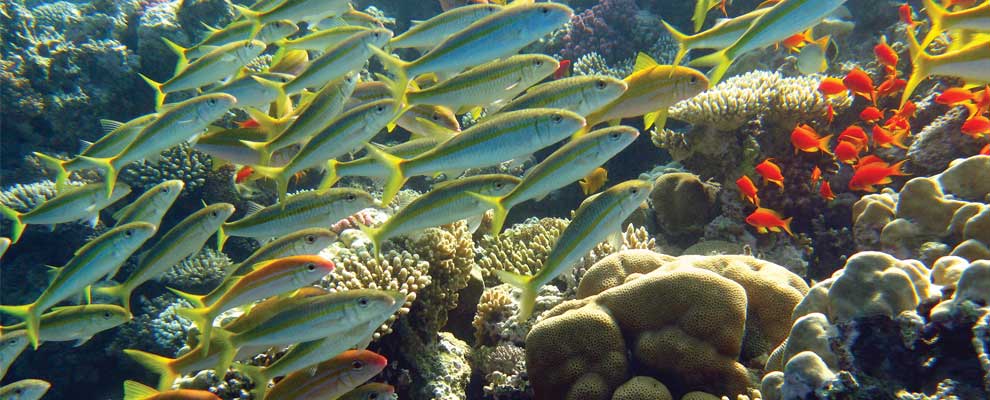
04. TIFFANY & CO.
THE JEWELER ADVOCATES FOR SAFER AND GREENER SOURCING OF PRECIOUS METALS AND STONES.
Top Chef contender Jeff McInnis has brought Southern cuisine to a Southern state where you’ll more typically find straightforward seafood or Latin-influenced fare. His fried chicken—which takes 27 hours to get from house brine to table—fried green tomato BLT, shrimp po’ boy and other updated Southern classics are lauded by the eclectic group of diners crowding Yardbird for lunch: Brazilian expats, players for the Miami Heat, South Beach models and their agents. The menu includes both traditional— smoked pulled pork—and fusion, like the “Southern edamame”: steamed peas with Atlantic sea salt and spicy chili butter.
For more information: tiffanyandcofoundation.org
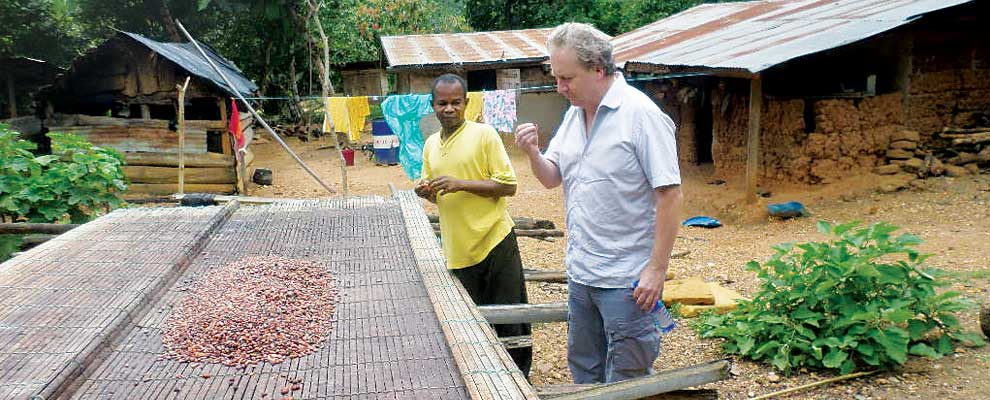
05. PRESTAT
EDUCATING AFRICAN FARMERS FROM WHOM THEY PURCHASE COCOA.
Who: Prestat has a 112-year tradition of making fine chocolates and is famous for inventing the chocolate truffle.
What: The Trading Fairly program, a partnership between Prestat and Esoko, an African IT firm.
Why: Much of the chocolate Prestat purchases comes from Ghana, where subsistence farmers grow cocoa. The price of cocoa is set by the government, but these farmers also grow crops such as yams and bananas. Unfamiliar with commodities markets, these farmers are at a disadvantage when negotiating prices and make very little profit.
How: Spending 5 percent of its pretax profit, Prestat funds SMS text messages that Esoko sends to 1,000 cocoa farmers in Ghana, providing information such as market prices, weather reports and farming tips; Prestat also funds a cooperative that educates the farmers on the import of the data. “A poorly managed farm, compared to a reasonably managed farm, can be a difference in yield of 400 percent,” says Prestat co-owner Bill Keeling, who regularly travels to Ghana to monitor the program.
For more information: prestat.co.uk/shop/trading-fairly
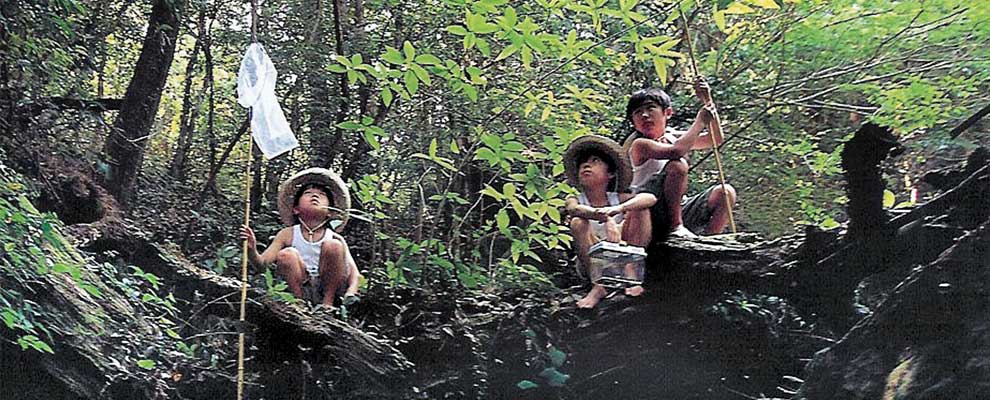
06. AUDEMARS PIGUET
INSPIRED BY THE BEAUTY OF ITS SURROUNDINGS, THE SWISS WATCHMAKER WORKS TO SAVE FORESTS AROUND THE WORLD.
Who: One of the world’s finest watchmakers, Audemars Piguet has created some of the most desired timepieces, including its famous Royal Oak.
What: The Audemars Piguet Foundation funds projects aimed at forest conservation and promoting environmental awareness among children globally.
Why: Inspired by the protected forests in Switzerland’s Jura Mountains, site of the watchmaker’s headquarters, AP launched its foundation in 1992. Numerous forests around the world are considerably more threatened, according to Jasmine Audemars, board chair for the foundation, so the company wanted to promote a long-term solution to deforestation worldwide.
How: APF has funded and tracked 88 projects in more than 40 countries. They range from restoring forests and biodiversity in areas in Portugal decimated by wildfires to battling deforestation in Borneo due to the rise of palm oil plantations. Jasmine Audemars, the great-granddaughter of AP’s cofounder, reviews the projects with the foundation’s general secretary and follows their progress. “We like to finance a project when it starts, and we want it to become self-sufficient in the long-term,” she says.
For more information: audemarspiguet.com/en/foundation
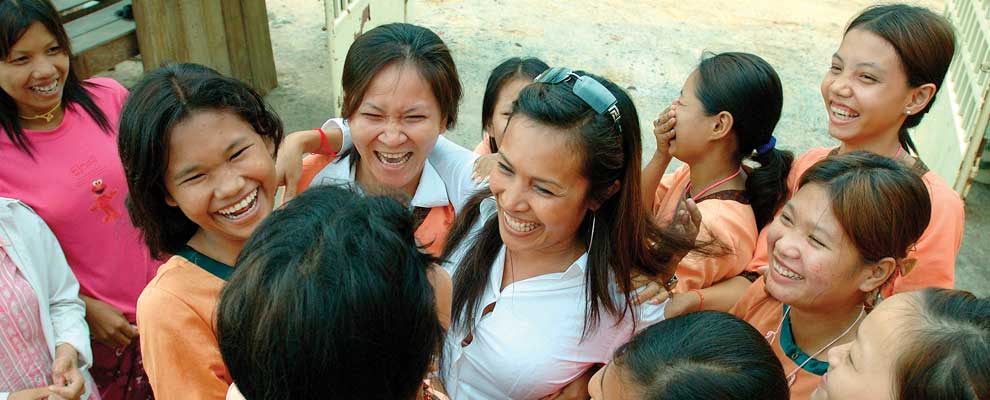
07. KERING
A LUXURY COMPANY FOCUSED ON WOMEN WORKS TO PREVENT THEIR ABUSE.
Who: Formerly PPR (Pinault-Printemps-Redoute), Kering, which controls more than 20 luxury companies, renamed itself in 2013. Among its brands are Gucci, Alexander McQueen, Brioni, Girard-Perregaux and Saint Laurent.
What: The Kering Foundation, founded in 2009, promotes women’s empowerment and supports projects that combat violence against women.
Why: Many of Kering’s brands are geared to women, so the company created the foundation in response to the global prevalence of violence against women. It aims to strengthen women culturally and financially.
How: The foundation partners with international NGOs on projects such as fighting the trafficking of women in Cambodia and supporting its victims with shelter and medical care, and creating long-term programs to train women to build their own businesses. In the foundation’s first five years, its grants helped more than 140,000 women in 47 countries.
For more information: keringfoundation.org

